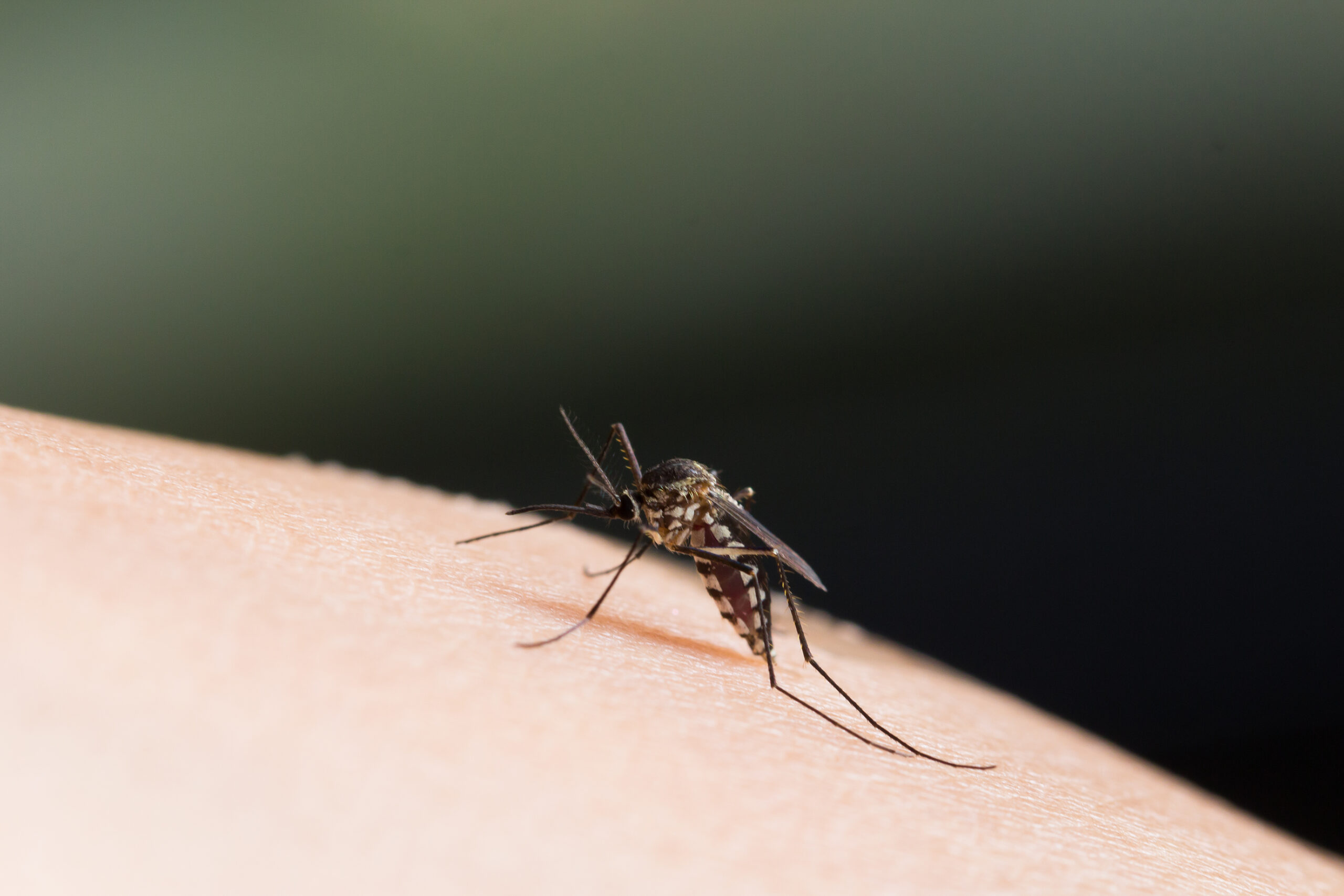Ebola hemorrhagic fever is a highly contagious viral infection with a high mortality – and the recent outbreak in West Africa with sporadic cases in other parts of the world is by far the largest epidemic of this disease in recent human history.
The Ebola Virus was first identified in Sudan in 1976. The second outbreak occurred in an epidemic in Zaire in 1995. The current outbreak in West Africa has claimed the lives of well-over 5,000 people, with more than 10,000 additional people who are infected with the virus.
The spread of Ebola is ongoing in those areas at an alarming rate despite all the measures taken by the WHO, CD and various non-profit organizations like doctors without borders.
Ebola – The Apprentice Doctor® Venipuncture Course and Kit
Read more about The Apprentice Doctor® Venipuncture Course and Kit
Needle Stick Injury & Reflex-Safe
The use of a PASSIVELY ACTIVATED Safety Needle like Reflex-Safe® Passive Safety Needles – is absolutely essential when treating EBOLA patients!
For many years Ebola and other Hemorrhagic Fevers, have been a major health concern for mankind to contain the spread of these viral infections and preventing from becoming rampant and uncontrollable. In 1995 the Ebola virus killed about 200 people in Zaire and a South African nurse died at the Morningside Private Hospital in Johannesburg that was infected when treating a medical Doctor from Uganda who had contracted Ebola.
During a clinical procedure, she accidentally stuck herself with an infected needle, the Doctor survived the Ebola virus, however, she did not survive and died ten days later. At that time statistics available indicated that there was a survival rate of about 20% (depending on the strain of virus) that had been infected with the Ebola Virus. It is believed that there are about five (5) strains of Ebola.
The risk factors for healthcare workers are exceptionally high when giving an intramuscular injection and drawing blood samples from veins or injecting into veins of an Ebola patient. Due to the high fever of a patient – there may be a lot of unstable patient movement which may result in a needle stick injury to the health worker, with possibly fatal results.
This is where “REFLEX-SAFE” comes into its own by providing continuous automatic passive protection during the entire injection procedure affording maximum protection to the health worker against accidental needle stick injuries.
At Least 50% of All Injuries Occur During the Procedure
By far the majority of Safety Devices that are available are manually activated after a clinical procedure has been completed. This leaves behind + 70% of all risk factors during use and thereby leaving considerable needle tip exposure time before the safety mechanism has been activated.
Statistically, 50% or more of all needlestick injuries occur during the procedure – and any Safety Device requiring an activation step at the end of the procedure leaves an open risk of >50% for these injuries during the procedure (e.g. patient jerking away during a phlebotomy procedure).

